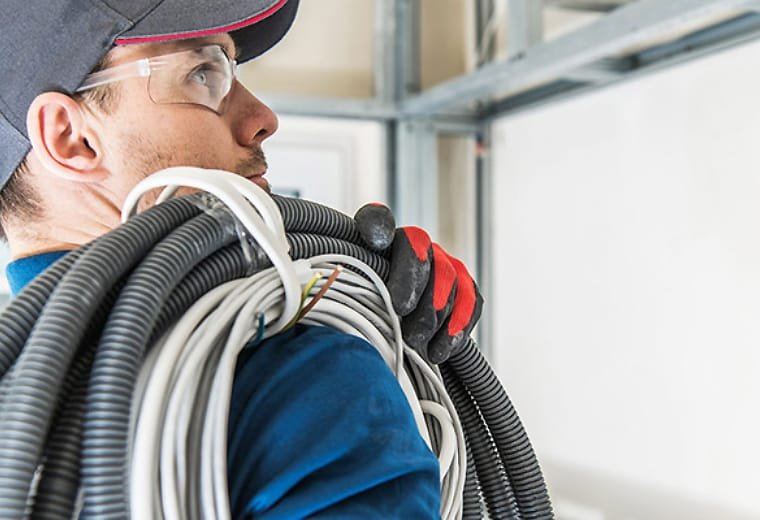We must explain to you how all seds this mistakens idea off denouncing pleasures and praising pain was born and I will give you a completed accounts of the system and expound.
123/A, Miranda City Likaoli Prikano, Dope United States
+0989 7876 9865 9
info@example.com

Thermal imaging leak detection is amongst the best innovative techniques that employ the use of cameras that operate on infrared technology to capture heat loss, which results from leakage in different systems. It means we can identify leaks that are behind walls, it maybe under floor or beneath the surface which often requires a great deal of demolition. Because the amount of heat that escapes is proportional to the volume matter in a given region, this gives us the precise orientation of leaks and hence fix them.
When the technique is explained in detail it is known as thermal imaging leak detection.
Why should Thermal Imaging Leak Detection be Adopted?
1. Non-Invasive Inspection: With the help of thermal imaging we can identify leaks without having to cause any harm to your building. They are non-invasive procedures with an attempt towards keeping the integrity of your structures intact.
2. Early Detection: Using infrared technology, one can have a look at problems before they progress into complications. This means that we always ensure to identify the leaks at an early stage so that we do not encourage great damage and costly repairs.
3. Accuracy: Tapes are taken from the thermal camera, offer accurate measurement of temperature difference, thus helping us identify leaks in concealed areas. This results to more efficient and accurate repair work being done and this is due to the following reasons.
How Does Thermal Imaging Leak Detection Works:
Our process for thermal imaging leak detection involves several key steps:Our process for thermal imaging leak detection involves several key steps:
1. Preparation: Our initial analysis takes place in the form of a direct observation of the area with the aim of discovering high-risk hotspots. This helps us bring towards the field of view of thermal imaging areas that are of concern.
2. Thermal Imaging Scan: With infrared cameras of the latest technology, the area affected is then swept. Using thermal camera, water leaks are seen as hot spots since the temperature changes from the wet area is different from that of the dry area.
3. Analysis: The infrared results are then used in order to identify the precise value of the leak. Localized temperatures, which are the low temperature areas created by receding water, are used as a point of reference in identifying areas that require repair.
4. Verification: such extra methods or tools can be used to corroborate the results on the leakage source For validation.